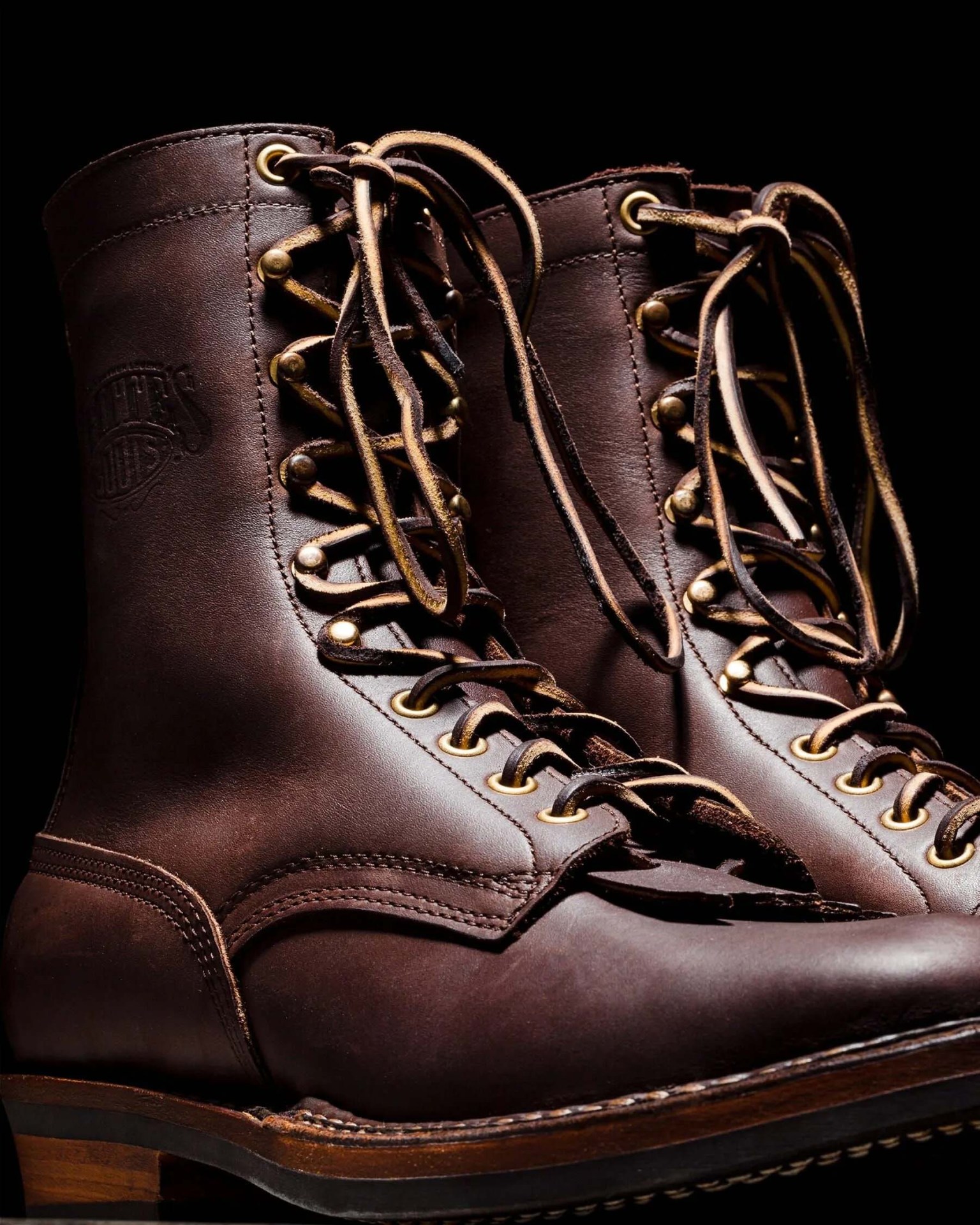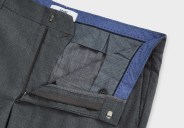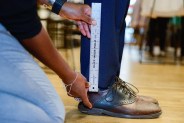New boots? Don’t expect to lace them up and take on the world on the same day. Thick leather uppers and solid midsoles take a while to break in and rub and squeeze your feet, leading to painful blisters if you’re unprepared.
While the sturdiness and durability of boots vary widely from brand to brand, there are a few universal tips for breaking in a new pair, regardless of who made them.
That said, brands that make hefty, quality boots tend to have a better understanding of what it takes to get a boot to the point of wearability.
Take White’s Boots in Spokane, Washington. Known for making hand-sewn boots with hand-lasted uppers and substantial leather arches, the company has been a favorite of loggers, forestry workers and smokejumpers since the 1800s.
Expert advice
“We used to tell people to fill them up with warm water and soak them for a bit and then wear them dry,” said Eric Kinney, the president of White’s Boots. “While doing that won’t hurt the boots, we have gone away from that now.”
Kinney started at White’s as a bootmaker and has an intimate knowledge of what is required to build and rebuild every style. Over the years, the brand has changed its recommendations for how customers break in a pair of boots.








